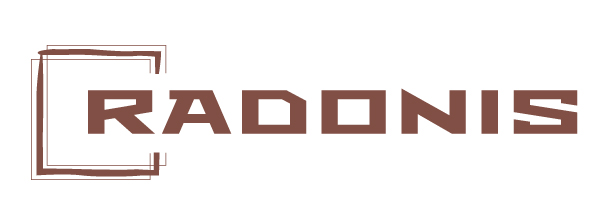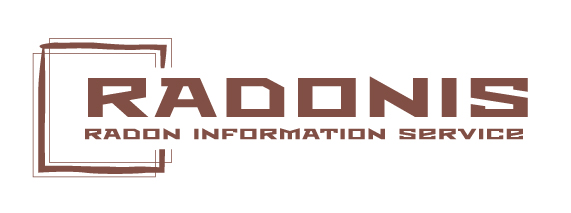
Direct monitoring of radon decay products - where it truly matters.
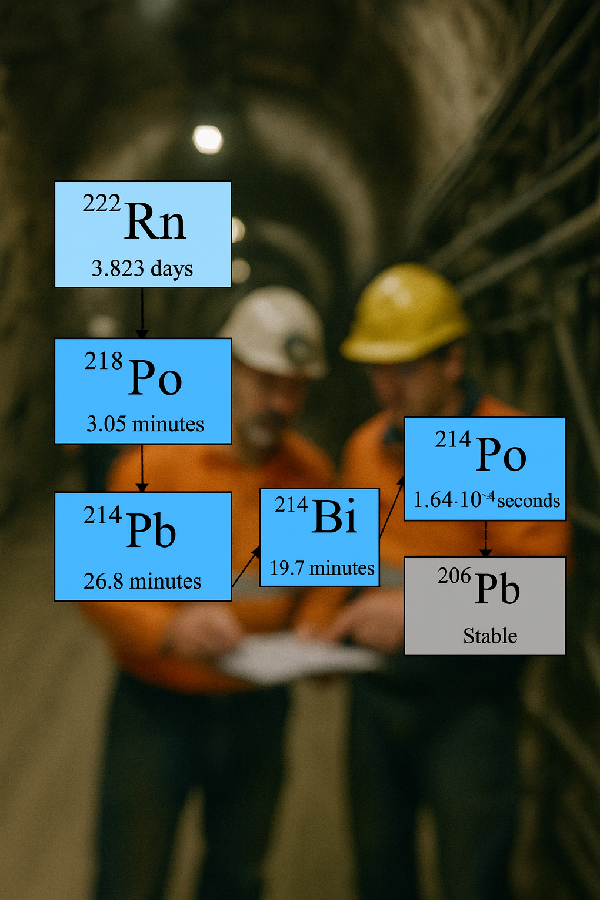
In many occupational environments, the main exposure pathway is the inhalation of radon progeny. For accurate assessment of the effective dose, it is therefore essential to measure these progeny directly, rather than only the concentration of radon gas itself, which on its own represents a smaller risk. From the perspective of radiation protection, such an approach is indispensable, as the decisive factor is the amount of alpha radiation released directly in the respiratory tract of exposed individuals.
Radonis instruments have been developed for the direct measurement of short-lived radon progeny, thereby contributing to more reliable exposure assessment and more accurate effective dose calculation. Unlike conventional radon monitors, Radonis devices do not measure radon as a gas, but focus on what actually poses the risk – radioactive aerosol particles that deposit in lung tissue after inhalation and irradiate sensitive cells.
Radonis instruments are applicable in environments such as:
Caves, underground show routes, and mining exhibitions frequented by workers and the public.
-
Underground construction (tunnels, collectors, shafts) with potential for high radon concentrations.
-
Mining operations and workplaces with high dust levels containing long-lived radionuclides and radon progeny.
-
Locations with atypical air exchange, including residential and occupied rooms situated in areas with high radon risk.
Wherever the main risk arises from inhalation of radon progeny, optimization of worker radiation protection is required.
Radonis instruments are suitable both for personal dosimetric monitoring of workers and for workplace environment monitoring, in compliance with legislative requirements, ICRP recommendations, and established radiation protection practice. Their design allows flexible adaptation to varying working conditions and provides reliable data to support the optimization of radiation protection and the reduction of health risks.
PAEC Integral Monitor - Radonis 1.0
PAEC Integral Monitor - Radonis 1.0 is designed for easy and reliable monitoring of worker exposure to inhaled radon progeny and long-lived alpha-emitting radionuclides. The instrument operates on the principle of drawing air through an aerosol filter, where both short-lived and long-lived radioactive aerosol particles are collected. A track detector located in the sampling head records the alpha radiation emitted by short-lived radon progeny, providing accurate data on worker exposure. The long-lived alpha radionuclides collected on the filter can subsequently be analyzed using an AlfaSpec device, enabling a more comprehensive assessment of the working environment.
In addition to personal dosimetry, Radonis 1.0 can also be used as a workplace environment monitor. By placing the device in areas with higher concentrations of radon progeny and enabling automatic switching, it can operate in a stationary mode for long-term monitoring of the working environment, for example in underground spaces, mining workplaces, caves, or residential and occupied areas.
Thanks to its adjustable air flow rate, the instrument is suitable both for measurements in environments with low concentrations of radon progeny and in conditions where there is a risk of detector overexposure at high concentrations. By agreement with the manufacturer, the flow rate can be individually adapted to the specific measurement conditions.
In addition, the personal dosimeter is equipped with an internal time logger that enables continuous tracking of device usage during individual work shifts and provides valuable data for subsequent exposure assessment and optimization of radiation protection.
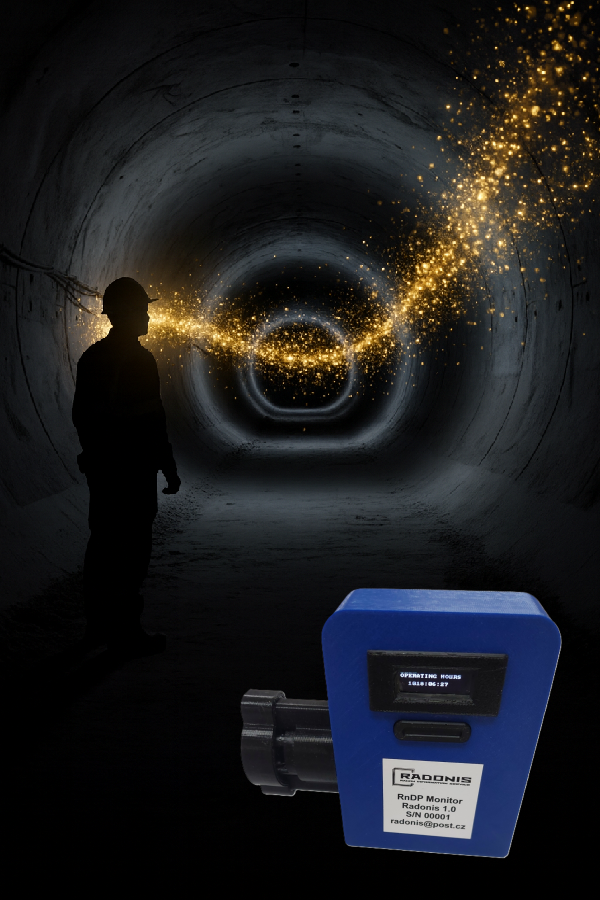
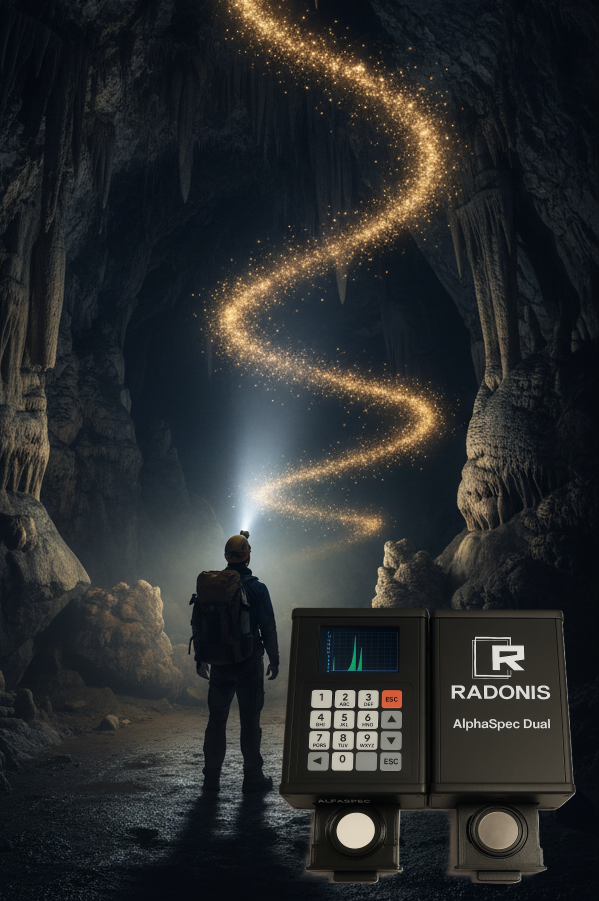
AlphaSpec - Radonis 2.0
AlfaSpec – Radonis 2.0 is a modern spectrometric instrument designed for the measurement of both short-lived radon progeny and long-lived alpha-emitting radionuclides. The device enables precise determination of the equilibrium equivalent activity concentration (EEAC), the potential alpha energy concentration (PAEC), and the total alpha activity, both in field conditions and laboratory settings.
AlfaSpec Dual is a special version capable of simultaneously evaluating both a filter and a diffusion screen. This allows the determination of the unattached fraction of radon progeny – a key parameter for assessing workers' inhalation dose. Compared with conventional continuous monitors, it provides more accurate results by eliminating systematic losses of the unattached fraction in the sampling line.
In environments such as caves, mines, or underground construction sites, AlfaSpec – Radonis 2.0 makes it possible to evaluate grab samples and subsequently compare the results with those obtained from continuous or integral instruments. This ensures the reliability of long-term monitoring and supports accurate assessment of worker exposure.
The device is programmed to enable automatic evaluation of routine measurements or to allow the use of user-defined evaluation algorithms, which can then be processed according to a custom calculation procedure. For automatic evaluation, two modes are pre-programmed, allowing analysis of samples collected over 5 or 20 minutes at an air flow rate of 20 L/min. With its intuitive controls and user-friendly software, it provides immediate results in the field and supports further data processing on a PC.
AlfaSpec – Radonis 2.0 represents a reliable radiation protection tool that combines the accuracy of spectrometric analysis with the practicality of mobile operation and the ability to specifically determine the unattached fraction in environments with high radon concentrations.
Radonis instruments are approved for use in the Czech Republic as designated measuring instruments in accordance with Act No. 505/1990 Coll., on Metrology.
Radonis devices comply with the required tests defined in the public decree of the Czech Metrology Institute (CMI) No. 0111-OOP-C097-18, which establishes the metrological and technical requirements for designated measuring instruments, including the test methods for type approval and verification. All instruments are labeled with the official type approval mark.
Contact Form
If you have any questions or need assistance, please fill out the form below. We will be happy to get back to you as soon as possible!
